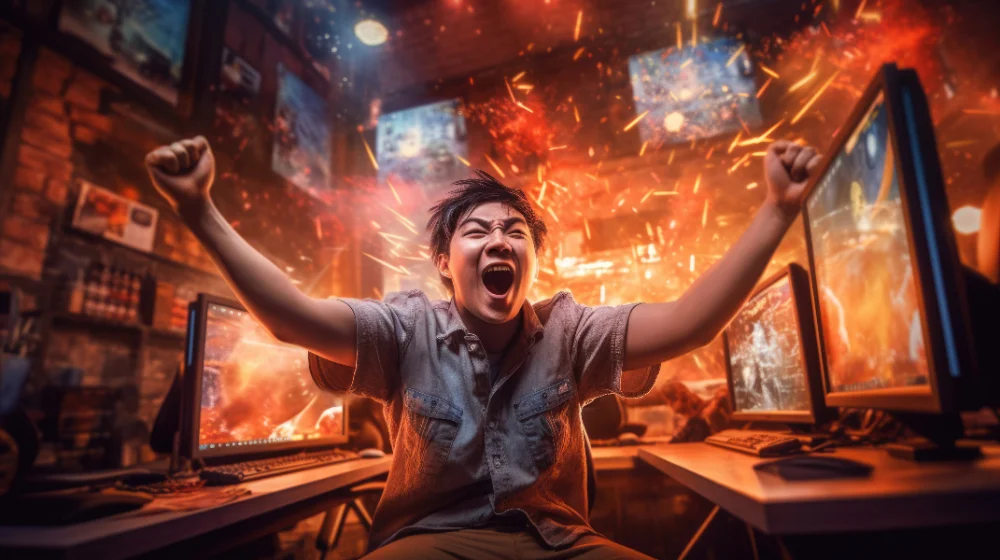Storyboarding is an essential art in the world of filmmaking, animation, and advertising. It transforms scripts into visual narratives, guiding creative teams through production. The Ashley Ann Tahilan Storyboard Guide offers insights into mastering this craft, blending creativity and precision to bring stories to life. In this article, we explore her journey, techniques, and tips for aspiring storyboard artists.
Early Life and Inspirations
Ashley Ann Tahilan’s journey as a storyboard artist began with a love for storytelling. Growing up in a creatively vibrant household, she was surrounded by art, music, and narratives that sparked her imagination. From sketching characters as a child to dissecting scenes in her favorite animated shows, Ashley’s passion for visual storytelling took root early.
Her parents encouraged her creativity, gifting her sketchbooks and inspiring her to explore visual art. Influenced by local comic books and iconic animation styles, she developed a unique perspective that would later define her career. These early experiences laid the groundwork for the Ashley Ann Tahilan Storyboard Guide, a resource that now inspires artists worldwide.
Journey to Becoming a Storyboard Artist
Ashley’s path was driven by determination and a deep love for storytelling. She honed her skills through art classes, workshops, and relentless practice. Networking with industry professionals at conventions helped her gain valuable feedback and open doors to internships at animation studios.
Her first major project, a collaboration with an indie animation team, allowed her to experiment with narrative techniques and refine her approach. This experience paved the way for future opportunities, where she showcased her ability to translate scripts into compelling visuals. Today, the Ashley Ann Tahilan Storyboard Guide reflects her years of experience, offering practical advice to beginners and professionals alike.
Core Elements of Storyboarding
Composition and Framing
A strong storyboard begins with composition and framing. These elements direct the viewer’s focus and set the scene’s emotional tone. Wide shots can convey vastness or isolation, while close-ups capture intense emotions. Ashley emphasizes the importance of visual balance, ensuring every frame supports the narrative.
Camera Angles and Movement
Ashley’s storyboards excel in using dynamic camera angles and movement. Low angles project power, high angles suggest vulnerability, and tracking shots create immersive sequences. Through careful planning, she ensures that camera movements align with the story’s mood and pacing.
Character Positioning and Blocking
Character positioning defines relationships and interactions within a scene. Ashley’s attention to blocking ensures that characters’ movements and placements enhance the narrative’s flow. For example, characters standing apart might signify emotional distance, while closer proximity can indicate intimacy or tension.
Pacing and Timing
Pacing is crucial in storytelling. The duration of each shot, transitions between scenes, and action timing shape the viewer’s experience. Ashley’s approach integrates visual cues to build suspense, drama, or humor. Her storyboards function as blueprints, ensuring the final production captures the intended rhythm.
Tools and Techniques
Traditional vs. Digital Storyboarding
Ashley’s expertise spans both traditional and digital methods. While traditional storyboarding involves hand-drawn sketches, digital tools like Storyboard Pro and Photoshop streamline the process. The Ashley Ann Tahilan Storyboard Guide highlights the benefits of each approach, encouraging artists to experiment and find their preference.
Using Thumbnails for Planning
Thumbnails—small, rough sketches—are invaluable for planning. They allow artists to test compositions, pacing, and transitions quickly. Ashley often starts with thumbnails to brainstorm ideas before refining them into detailed panels.
Collaboration in Storyboarding
Storyboarding is a collaborative effort. Ashley emphasizes the importance of feedback from directors, animators, and writers. This iterative process ensures the storyboard aligns with the project’s vision while fostering creative input from all team members.
Case Studies: Ashley Ann Tahilan’s Projects
Ashley’s portfolio includes animated series and live-action productions where her storyboards have been pivotal. One notable project involved an action-packed sequence that required intricate camera movements and precise timing. Her storyboard not only visualized the scene’s intensity but also helped the team anticipate and resolve technical challenges during production.
Another project showcased her ability to convey subtle emotions. Through carefully chosen angles and character expressions, Ashley’s storyboard brought depth to a quiet, introspective moment, proving her versatility as an artist.
Tips for Aspiring Storyboard Artists
Understand Narrative Structure
Storyboarding begins with understanding the story. Grasp the themes, characters’ motivations, and tone before sketching. This foundation ensures your visuals align with the narrative’s essence.
Practice Regularly
Sketch daily to refine your skills. Focus on capturing motion, expressions, and compositions. Even rough sketches contribute to your growth as an artist.
Seek Feedback
Join online forums or local artist groups to share your work. Constructive criticism from peers and professionals helps you identify strengths and areas for improvement.
Analyze Professional Work
Study existing storyboards and films. Pay attention to how scenes are framed, paced, and transitioned. This analysis will sharpen your storytelling instincts.
Stay Open to Learning
Attend workshops, explore new tools, and stay updated on industry trends. Continuous learning keeps your skills relevant and adaptable.
The Future of Storyboarding
The field of storyboarding is evolving with technology. Ashley is at the forefront of integrating VR and AI into her work, exploring how these tools can enhance storytelling. Interactive storyboards that allow viewers to influence narratives are one of the innovations she’s excited about.
Additionally, she plans to launch an online course for aspiring artists, sharing insights from the Ashley Ann Tahilan Storyboard Guide and her professional experiences.
Conclusion
The Ashley Ann Tahilan Storyboard Guide offers a masterclass in visual storytelling. From composition and camera movement to collaboration and pacing, Ashley’s techniques inspire artists to elevate their craft. Her journey—rooted in passion and perseverance—is a testament to the transformative power of storyboarding.
Whether you’re an aspiring artist or a seasoned professional, her guide provides actionable advice and a roadmap to success. By embracing her principles and adapting them to your unique style, you can create storyboards that not only guide production but also captivate audiences. Start your journey today, inspired by the artistry of Ashley Ann Tahilan.

